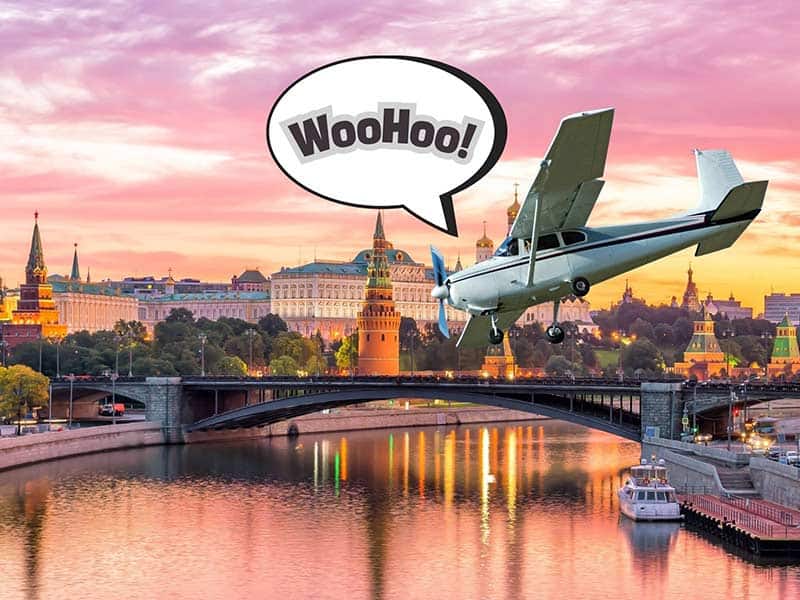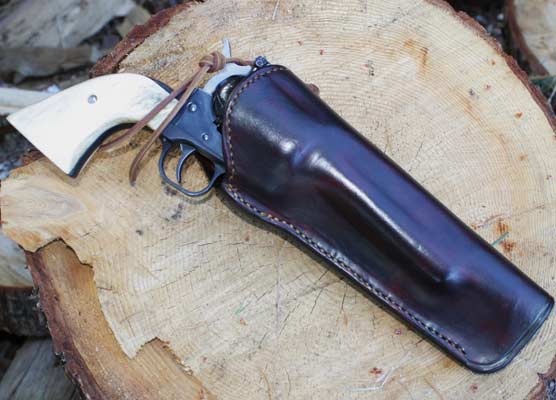When a German Teenager
Penetrated Soviet Air
Defenses in a Cessna
Flying an airplane is an acquired skill. The baseless claims of snooty aviators like me notwithstanding, piloting an aircraft is within the capabilities of most normal people. Taking off, flying about, and then landing safely is no great chore. However, making that machine do exotic things or traversing enormous distances without running out of gas does take a little talent. Most of this talent is developed as the result of structured repetition and training. And then there was Matthias Rust.
Matthias Rust was born in June 1968 in Germany. At age eighteen, Rust took flying lessons and learned the rudiments of piloting a Cessna 172. As soon as he could solo, Rust struck out in search of adventure.
As a pilot myself, I really am impressed. With minimal experience, Rust took his rented Cessna all over the continent. For two weeks, he puttered across northern Europe, even venturing out over the ocean and landing in Iceland. I have flown for decades myself, and I would be slow to fly a single-engine airplane out over the frigid North Atlantic heading for some big honking island I couldn’t see. Regardless, Rust did just fine. Then, on 28 May 1987, Matthias Rust decided to take his aviating to the very next level.
This Guy Was Nuts…
When Rust undertook his fateful mission, he only had about 50 hours total flight time. He rented a Cessna 172P with German civilian registration D-ECJB and removed the spare seats. These he replaced with extra fuel tanks. At around noon, Rust took off from Helsinki-Malmi Airport in Finland, claiming to be heading to Stockholm. Once airborne, he nosed his little airplane eastward and switched off his radios.
Finnish air traffic controllers were actually following his progress fairly closely. Rust’s plane fell off radar near Espoo, and ATC initiated a search. A Finnish Border Guard patrol boat found an oil slick, and divers were dispatched to search for what was left of the German teenager. Meanwhile, Matthias Rust was actually winging his way toward Moscow.
Soviet Air Defense Forces detected Rust and his Cessna just as they should have. The 54th Air Defence Corps requested permission to engage the little plane with surface-to-air missiles but was denied. A pair of MiG-23 interceptors was launched and identified the plane as a target. They also requested permission to fire, but were denied. Apparently, at some point Rust actually landed someplace in Russia and, of all things, changed his clothes.
The Cessna popped in and out of Soviet air defense radars. He was alternately mistaken for a small civil aircraft and a military helicopter. Around 1900 that evening, Rust was finally flying over the city of Moscow.
A Grand Entrance
Rust’s plan, such as it was, originally had him landing on the grounds of the Kremlin. However, this seemed too isolated once he could recon the space, so he indexed to Red Square. He circled the square several times but decided there were too many pedestrians for him to land safely. He therefore elected to set down on the Bolshoy Moskvoretsky Bridge near St. Basil’s Cathedral.
Curiously, there would normally have been an impenetrable array of trolleybus wires draped across this space. However, these cables had been removed for maintenance that very morning. They were scheduled to be reinstalled the following day. The German teenager landed without incident, taxied some 100 meters, and then shut down his airplane. Curious Russians greeted him warmly and asked for his autograph. It took a further two hours for Soviet authorities to arrest the kid.
Rust was convicted of hooliganism, whatever that is, and was sentenced to four years in a forced labor camp. However, he never quite made it to the camp. Rust remained in custody at the infamous Lefortovo prison in Moscow. He was released the following August as a goodwill gesture amidst a general thawing of relations between East and West.
The Aftermath
Lots of high-ranking Russians got fired for allowing a German teenager to land a Cessna in Moscow. Mikhail Gorbachev actually used this pretense to rid the Soviet military of several hardliners who were resistant to his peace overtures. As a result, Rust inadvertently helped usher in the eventual fall of the Berlin Wall. Rust’s family sold his story to Stern Magazine for 100,000 DM. However, throughout it all, Mathias Rust never was quite right. Journalists of the time described him as, “Psychologically unstable and unworldly in a dangerous manner.” Rust’s plane was eventually placed on display in Japan before ultimately finding a forever home in the German Museum of Technology in Berlin.
In November of 1989, a female co-worker spurned Rust’s romantic advances, so he stabbed her. This bought him a 15-month prison stay. He has since converted to Hinduism, become engaged to the daughter of an Indian tea magnate, and been convicted of shoplifting. In 2009, he was making his living as a professional poker player.
As of 2012, Matthias Rust worked for an investment bank and taught yoga on the side. He claimed at the time that he intended to form a yoga school in Hamburg. I was unable to ascertain whether or not he actually pulled that off. Sometimes reality is way weirder than fiction.





